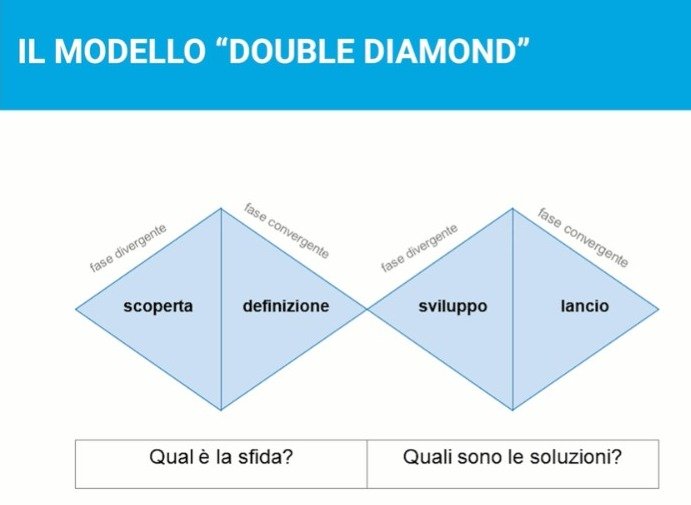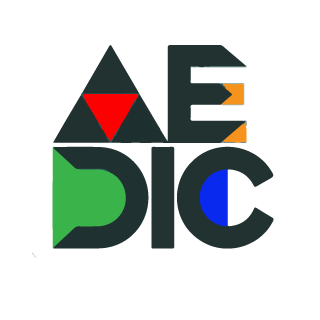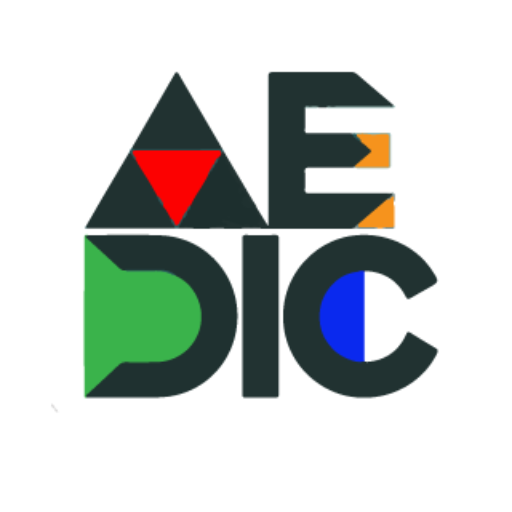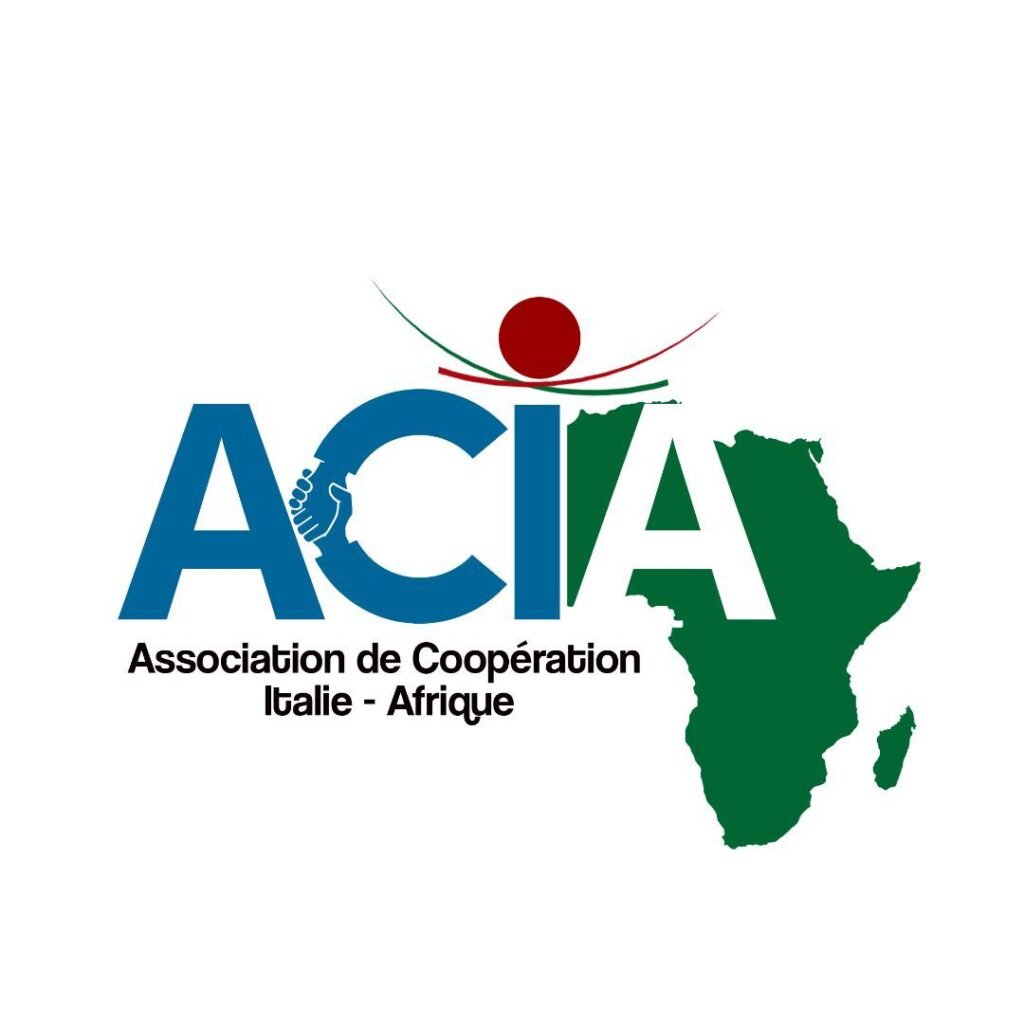Introduction
"Design is what combines creativity and innovation. It shapes ideas into practical and attractive propositions for users or customers. Design can be described as creativity deployed for a specific purpose. " - The Cox Review
Design has many different definitions, but in practice it is the process of translating ideas into reality, making abstract thoughts tangible and concrete.
Whether it is a new service, a graphic design or an innovative product, a number of key attributes underpin every design-led project.
The design process
In the context of services, design is about making services usable, easy and desirable and can be used to redesign an existing service, or to create a completely new service.
For example, a menu, a chair or a waitress are all contact points that make up a catering service.
Service design is the process of designing these touch points and defining how they interact with each other and with the user.
When designing a service, it is important to keep the service users in mind: are they staff, suppliers, or customers? The use of design tools and methods can provide an in-depth understanding of user behaviour, tastes and needs.
Each designer has a slightly different approach, but there are some general activities common to all designers.
The Design Council (a British body created by Churchill in 1944 for recovery) developed in 2005 the 'Double Diamond' modelso called because of the graphic form adopted.
The diagram describes four phases, in which divergent and convergent thinking alternate. Divergent thinking is the one that broadens our point of view, as it amplifies the amount of information, data, ideas, options, scenarios available to us. It is a phase in which we are open to broadening our point of view, amplifying possibilities, without performing any critical analysis, selection or filtering. Conversely, convergent thinking is the synthesis phase, in which the mental material generated in the previous phase is critically examined, selecting the information or ideas or solutions that we really want to follow.

Taken together, we can see it as a diamond shape, which first widens and then narrows.
Divided into four distinct phases (in the original version: Discover, Define, Develop and Deliver)the model maps the way the design process moves from idea to objectives to implementation.
The innovation process
Overview of double diamond phases
Design tools and methods are described below. This is not a definitive list, nor are they rigid protocols to be followed without thought, but structures that can and should be adapted to the task at hand and the time and resources available. Some tools work best in the big picture, while others focus on specific project details. Balancing and linking the two dimensions is important to develop the best outcome.1. The 'Discovery' phase
Objectives
- Identify the problem, opportunity or need to be addressed through design
- Building a knowledge base with inspiration and insight.
The beginning of every design project is marked by an exploratory phase in which insights and inspirations are gathered. This 'Discovery' phase can be triggered in many different ways, such as the observation of social trends, new technologies, or the launch of a competitor's service.
In the 'Discovery' phase, we begin to identify the problem, opportunity or need to be addressed.
This exploration uses both qualitative and quantitative research methods and may include both direct involvement of end-users and analysis of social and economic trends. This phase creates a bank of knowledge that will inform the rest of the design process and serve as guidance and inspiration for the design team.
2. The 'Definition' phase
Objectives
- Analysing the outputs of the 'Discovery' phase
- Synthesising results in a small number of opportunities
- Define a clear brief, to be approved in order to proceed.
The initial 'Discovery' phase is about opening up and exploring work to identify problems and opportunities. The 'Definition' phase channels them into usable activities.
The collected ideas are analysed and structured into a (small) number of problem statements. These are compared with organisational needs and business objectives to identify which ones to take forward. The definition phase results in a clear definition of the fundamental problem to be addressed through a new design-led product or service.
3. The 'Development' phase
Objectives
- Developing the brief (from the previous phase) into a product or service for realisation
- Designing service components in detail and as part of an overall experience -
- Iteratively testing concepts with end users.
The 'Development' phase takes the design brief and, through an iterative process of development and testing, refines product or service concepts until they are ready for implementation.
Using creative design and techniques, the design team and partners develop the individual service components in detail and ensure that they link together to form an overall experience.
In the development phase, working iteratively and testing each step of the process with users helps to ensure a more robust service and focuses the teams' efforts. The final product or service will incorporate this feedback and be ready for implementation.
4. The 'Launch' phase
Objectives
- Bringing the product or service to the launch stage
- Ensure that customer feedback mechanisms are in place
- Sharing lessons learnt from the development process with the entire organisation.
In the 'application/launch' phase, the product or service is launched and begins to meet the needs identified in the initial phase. The final design is subjected to final testing, modified and approved. It is important to ensure that systems are in place to collect user feedback.
The 'Application' phase is also the point for passing on the lessons of the process to colleagues and partners, sharing new knowledge, tools or ways of working.
The tools and methods to be used - 'Discovery' phase
Discovery' phase: mapping the customer journey
A user route map is a visual representation of a user's journey through a service, with all the different interactions therein. This allows us to see which parts of the service work for the user (magical moments) and which parts could be improved (weak points).
A customer journey map takes the user's point of view and explains their actual experience of the service.
The mapping of the user journey is based on the results of research methods such as observation or first-hand experience of the service. In this way, we reason on real experiences of the customer and not on an abstract notion of how the service works.
The map must contain a customer's steps through the service, starting from when they first become aware of it until they obtain and consume it. This defines the different activities of the user's journey, the related activities and highlights the key steps.
What is the output? One customer journey map is a diagram, which should contain the key stages, touchpoints and other components that make up a user's service experience.
The travel map may contain photographs, illustrations and quotations to highlight it. It is useful to add an additional layer of explanation that identifies problem areas or opportunities.
Discovery' phase: first-hand experience of the serviceResearchers go 'on site' and experience a service first-hand to find out what service experiences are like.
Service trials are a useful exercise at the beginning of a design process, they help to obtain a good understanding of services and are easy to structure. Each participant should record their experience in writing or by recording videos and photographs. Using the service, observing staff, observing users and documenting environment and materials, to identify how services provide value to customers.
The crucial aspects are obviously the customer contact points and the different service experiences.
Definition' stage
Definition' phase: Creation of customer-type profiles (personas)
One "user person"is a fictitious profile that embodies information about users in an easily identifiable and understandable form. It brings together a lot of information about similar people to create a single character that represents the group.
People are normally created as a set, showing different types of users with different needs.
A 'user person' may contain information such as name, age, occupation, place of residence, family, hobbies and interests, likes and dislikes and, above all, needs.
La market segmentation helps to structure and identify the key people.
People should be as rounded as possible; they are archetypes, not stereotypes. They can be further enhanced through visual material or supported by quotations, reflecting qualitative research and feeling authentic.
Definition' phase: Brainstorming Brainstorming is used to quickly generate alternative solutions and opportunities, identifying the most interesting or important ideas to take forward as part of the design process.
It is a particularly useful tool for breaking out of patterns established ways of thinking and develop new ways of seeing things. It also helps to overcome many of the problems that can make group problem-solving a difficult or unsatisfactory process.
A large number of brainstorming techniques are available. Usually, a facilitator structures the group session and ensures a rich discussion.
In a successful brainstorming session, it is important not to have too many people and not to take up too much time (no more than 12 people for more than one hour). It is important to involve different people with different skills and perspectives. This increases the richness of the ideas explored and creates involvement.
Some good rules to remember.
Differentiating judgement Developing the ideas of others (not just one's own) One conversation at a time Encouraging divergent ideas
Development' phase
Development' phase: Blueprint of the service
A Blueprint is a detailed visual representation of the service over time, showing the user journey, all the different contact points and channels, as well as the behind-the-scenes parts.
A blueprint helps all those involved in service delivery understand their role and ensure that the user has a consistent experience. A blueprint is a flow chartsimilar to a customer journey map, but with the differences that
- map the future service, not the existing one;
- also maps back-office activities.
When developing a Blueprint, it can be useful to work in teams and perform an initial step before developing it in detail.
This combination of text and graphics can be supported with photos or illustrations, which show particular touch points in more detail or offer additional explanations.
Development' phase: Business model canvasThe Business Model Canvas is an instrument of visual planning to describe and develop business models. Created by Alex Osterwalder and popularised in his book Business Model Generationcan be applied to both new and existing services.
In the delivery phase, the Business Model Canvas provides an important reference for implementation, helping to translate service concepts into business processes.
The canvas a nine boxes is usually filled in as a collaborative exercise during a workshop, documenting the various aspects of a company through the 'building blocks', starting with the middle box: "value proposition".
Some of these components may have already been identified during the service design process, such as customer segments, channels and value proposition. Others will need further development.
The output is a visual representation of the entire business model with all key elements, including operational and financial factors.
Launch' phase
Launch' phase: Scenario creation
The design scenarios are stories about future services. By creating a concrete story about a potential future or a series of futures, design scenarios help to create a shared understanding and enable meaningful discussions.
In design of services are mainly used as communication tools and emphasise storytelling and narrative.
Scenarios can be used in the 'Launch' phase to communicate the required outcomes to stakeholders, helping them to understand and capture the vision of the service. They can also be used as inspiration in the initial phase of projects, creating imagined futures to inspire and inform decision-making.
In the development phase, they are used to communicate to partners and test the new service in a broader context.
Design scenarios are best developed by small teams, drawing on a range of inputs and skills to make them as robust as possible. Creating a story through the scenario (perhaps using a previously developed persona) helps to make it accessible and engaging.
Scenarios can be realised as a comic book or a film, depending on the level of resources available.






